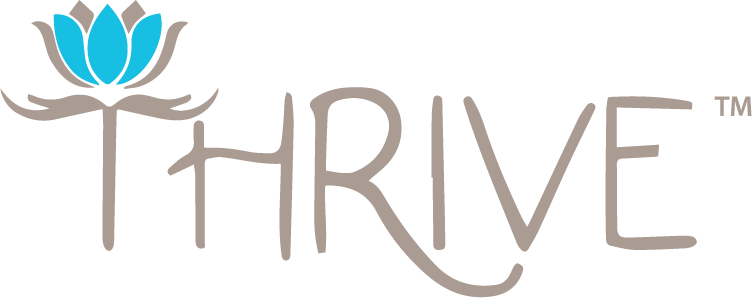
Motivation: Clean Fifteen & Dirty Dozen: A Smarter Way to Shop for Produce
When it comes to eating well, choosing fresh fruits and vegetables is always a win. But knowing which ones to buy organic can make a big difference for both your health and your wallet.
In this week’s Motivation, Dr. Fletcher shares a helpful tool many Thrivers use to shop smarter and lower their exposure to harmful pesticides: the Clean Fifteen and Dirty Dozen lists.
What Are the Clean Fifteen & Dirty Dozen?
Each year, the Environmental Working Group (EWG) releases two lists based on testing from the USDA:
- The Dirty Dozen: These are the 12 fruits and vegetables that tend to carry the highest levels of pesticide residue, even after washing or peeling. These are our top picks for buying organic when possible.
- The Clean Fifteen: These 15 produce items consistently show the lowest levels of pesticides, making them safer to buy conventional (non-organic).
Dirty Dozen (Best to Buy Organic)
These commonly include:
- Strawberries
- Spinach
- Kale, collard & mustard greens
- Apples
- Grapes
- Bell & hot peppers
- Cherries
- Peaches
- Pears
- Nectarines
- Celery
- Tomatoes
Clean Fifteen (Okay to Buy Conventional)
These often include:
- Avocados
- Sweet corn
- Pineapples
- Onions
- Papayas
- Frozen sweet peas
- Asparagus
- Honeydew melon
- Kiwi
- Cabbage
- Mushrooms
- Mangos
- Sweet potatoes
- Watermelon
- Carrots
Want the most up-to-date list? We’ve put together a full breakdown of the 2025 Clean Fifteen and Dirty Dozen, complete with tips and insights from our Thrive team.
Read the full list here.
Thrive Tip:
You don’t need to go fully organic to eat healthy. Use these lists to prioritize where it counts, buy organic when it comes to the Dirty Dozen, and feel confident buying conventional for the Clean Fifteen.
By making simple, informed swaps, you can reduce your pesticide exposure while staying on budget.
View this post on Instagram



